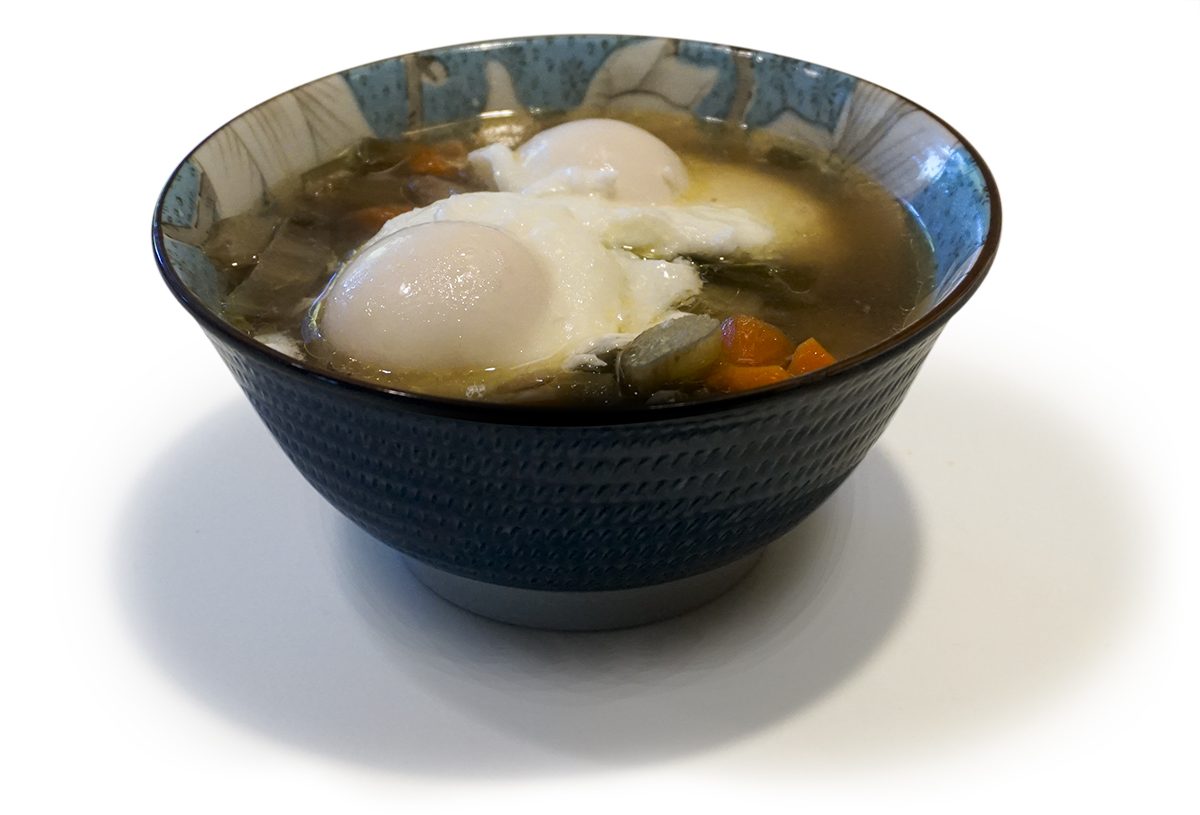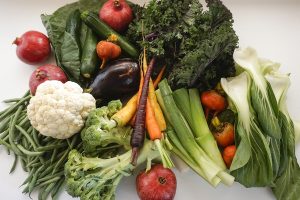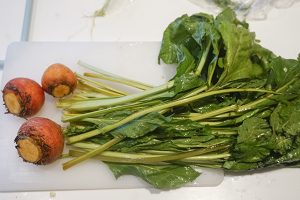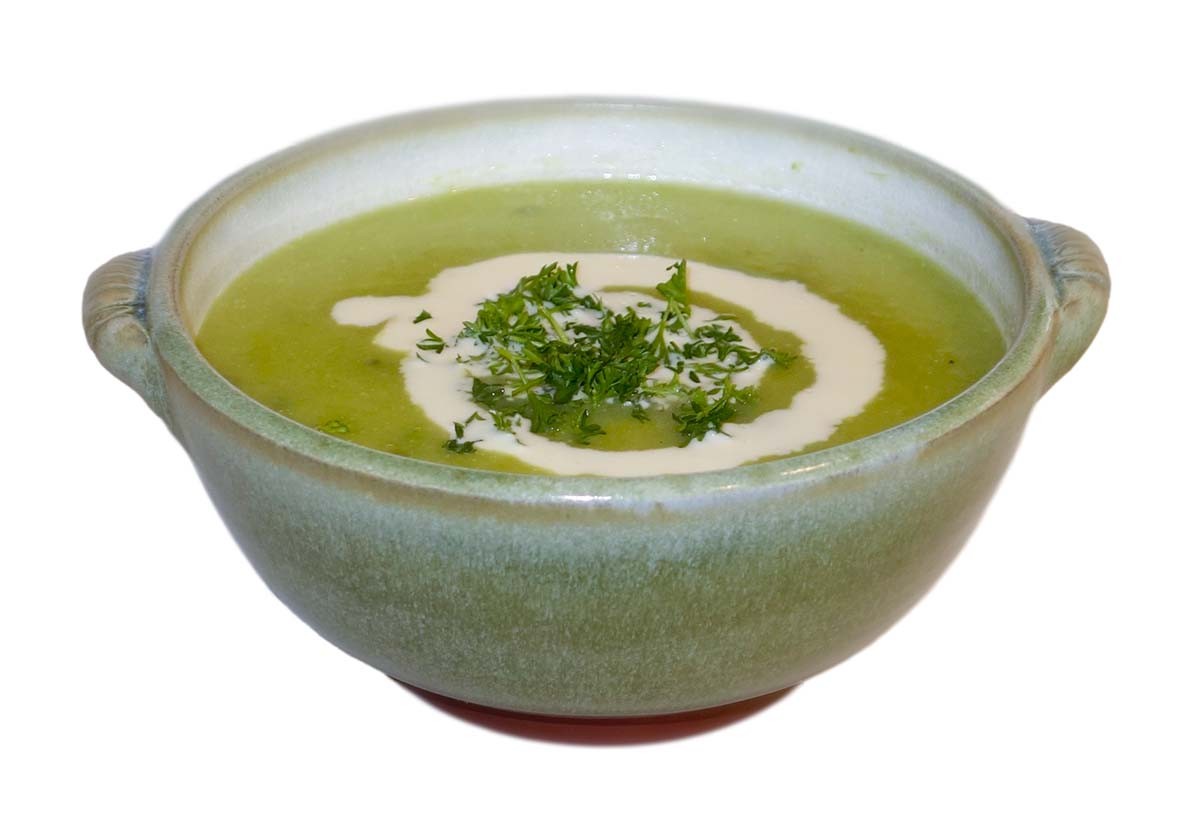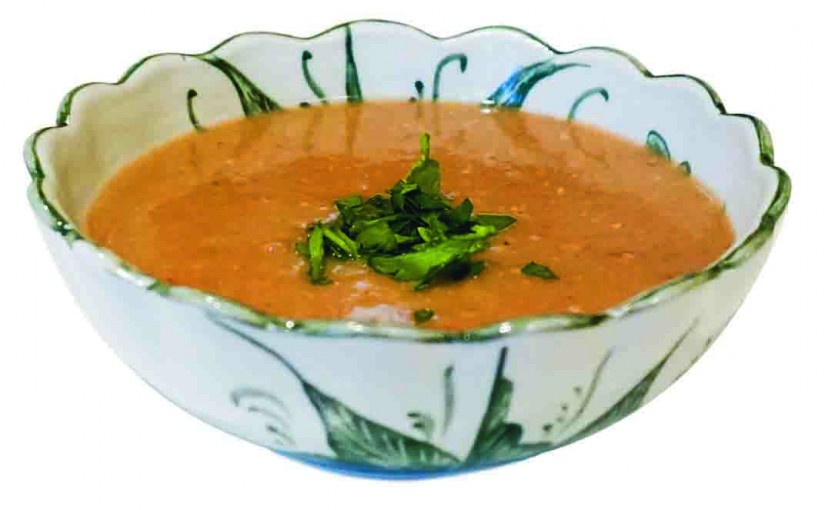My new friend cooks this killer borshch! After enjoying it, it strikes me that this colorful dish is not only delicious and invigorating, but also the perfect nutritional powerhouse. No wonder the Russians can survive on it for days!
“In Russia we eat it as a main dish for lunch, it doesn’t matter if it’s summer or winter. For hot weather, there is cold borshch; the hot one presented here is perfect for the winter. There are many variations. Some have cabbage, some don’t. Some have red beans or mushrooms. But the one constant is beets. The meat with bone, usually beef, is the perfect base to make a broth. But pork or chicken are used too. It all depends on how you like it.”

Nutrition and Color
Our bodies rely on many substances present in our food to grow, repair and regulate themselves: these are the micronutrients, electrolytes and minerals. We group them under the term “nutrients” for short.
Nutrients, with a few important exceptions, are colorful. Eating by color is a guarantee that we’ll get many forms of nutrients.
Borshch
(Serves 8 to 10 as a main course)
- 1 lb beef stew meat with bone (not too lean)
- ½ cabbage, shredded
- 8 small potatoes (or less), peeled and cubed
- 1 oz butter
- 4 garlic cloves, crushed
- 1 large onion, diced finely
- 1 carrot, grated
- 3 red beets, grated
- ½ lemon
- 3 tablespoons tomato sauce
- Salt and pepper to taste
- 2 Bay leaves



 Here is a good way to extricate yourself out of this distressing dilemma: preserves allow you to spread the consumption of the sugary treat throughout the year, and share it with your friends too. In limited amounts, fruit relishes are an amazing way to bring nutrition and variety to the table. The spices are also an important contributor to our health and, without being magical, possess unique medicinal effects.
Here is a good way to extricate yourself out of this distressing dilemma: preserves allow you to spread the consumption of the sugary treat throughout the year, and share it with your friends too. In limited amounts, fruit relishes are an amazing way to bring nutrition and variety to the table. The spices are also an important contributor to our health and, without being magical, possess unique medicinal effects.